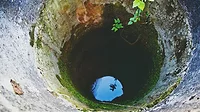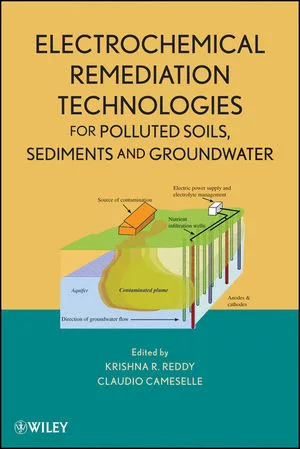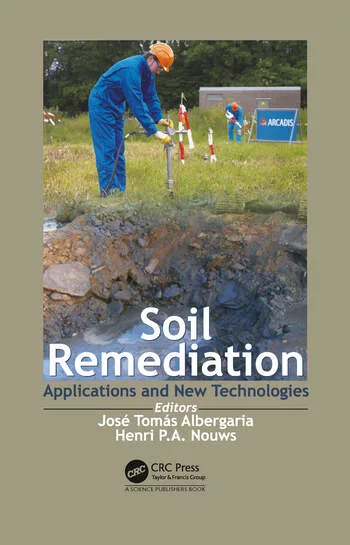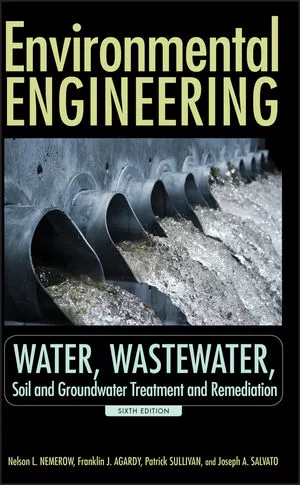New Electrochemical Process Effectively Removes PFAS from Water
Research from the University of Illinois at Urbana-Champaign develop new strategy to capture, concentrate and destroy PFAS from water

UIUC researchers are working to get ahead of the PFAS pollution issues associated with the semiconductor fabrication process. (Photo courtesty Lehava Center, Qiryat Gat)
Per- and polyfluoroalkyl substances (PFAS) are a growing environmental concern, particularly in industries like semiconductor manufacturing. These persistent chemicals contaminate waterways and pose health risks, but removing them from water has been a challenge. Now, researchers at the University of Illinois Urbana-Champaign have developed an electrochemical strategy that can capture, concentrate, and destroy mixtures of diverse PFAS – including the increasingly prevalent ultra-short-chain PFAS – in a single process.
The team, led by Professor Xiao Su of the Department of Chemical and Biomolecular Engineering, combined redox electrodialysis, a desalination filtration technology, with electrosorption in a single device. This allowed them to address the limitations of previous methods, which struggled to capture ultra-short-chain PFAS due to their small size and distinct chemical properties.
"We decided upon redox electrodialysis because the very short-chain PFAS behave a lot like salt ions in water," Su explained. "The challenge was to produce an efficient, effective electrodialysis system to capture the ultra-short-chain PFAS, have it work in tandem with the electrosorption process for the longer-chain PFAS, destroy them with electrochemical oxidation, and make it happen within a single device."
A key breakthrough came when the researchers introduced an inexpensive nanofiltration membrane. This enabled the electric-field-driven removal of PFAS without the membrane fouling that plagued previous approaches. The team had previously developed this technology for energy-efficient desalination by combining redox polymers with nanofiltration membranes.
After testing various device configurations, the researchers found one that both desalinated the PFAS-contaminated water to remove ultra-short-chain molecules and used carbon electrodes to remove remaining short- and long-chain molecules. This process concentrated all the PFAS, making them easier to destroy once captured.
The electrochemical oxidation inherent to redox electrodialysis then broke down the captured PFAS into harmless fluoride ions. This is a crucial step towards eliminating these persistent contaminants from the environment.
The researchers are now excited to scale up the process and take it from the lab to the field. They envision not only addressing PFAS in wastewater but also integrating the system into industrial wastewater streams on-site.
"This work is very timely due to interest from the U.S. government, wastewater treatment facilities and the semiconductor industry," Su noted. "Semiconductor production is expected to rise over the coming years, and PFAS abatement for sustainable production will become a major issue moving forward."
The National Science Foundation's ERASE-PFAS program supported this research. Su's team included Nayeong Kim, Johannes Elbert, and Ekaterina Shchukina. Su is also affiliated with the Departments of Civil and Environmental Engineering and Chemistry, and the Beckman Institute for Advanced Science and Technology at the U. of I.






